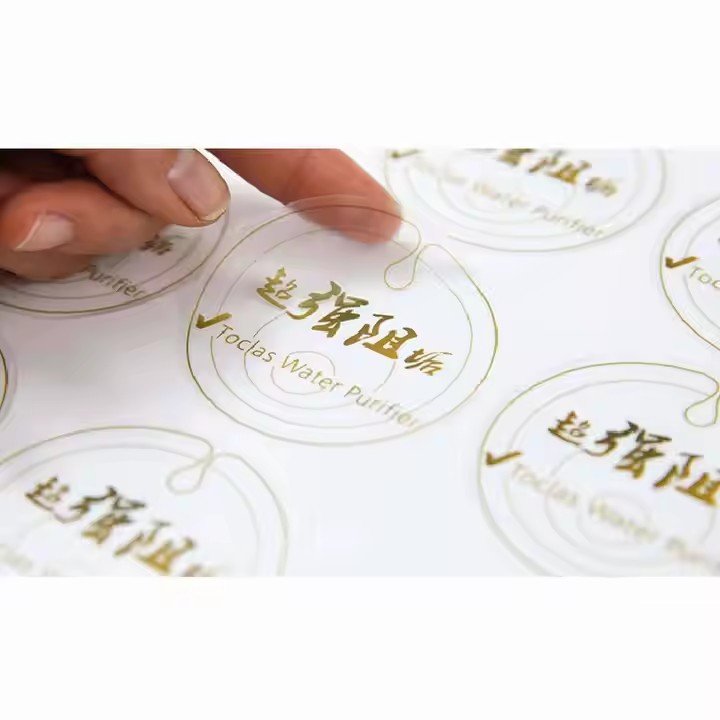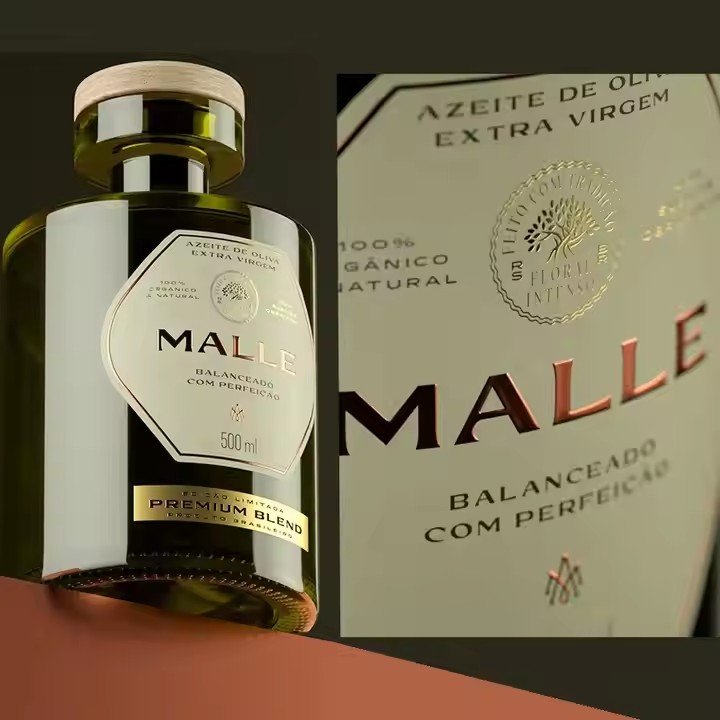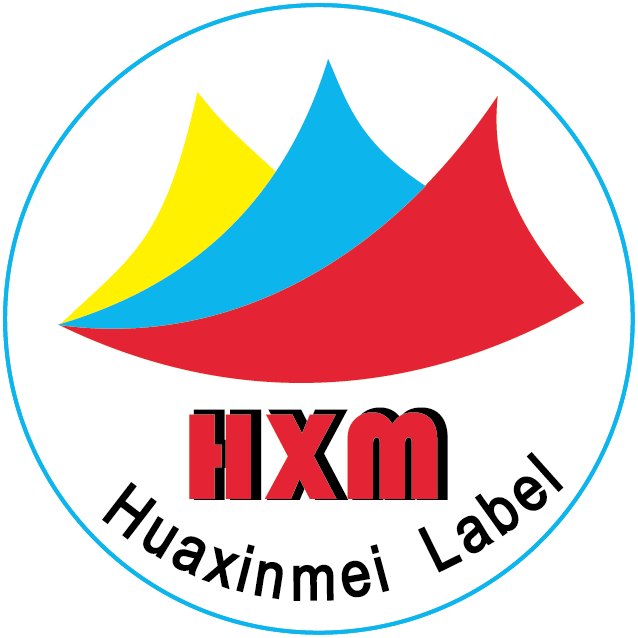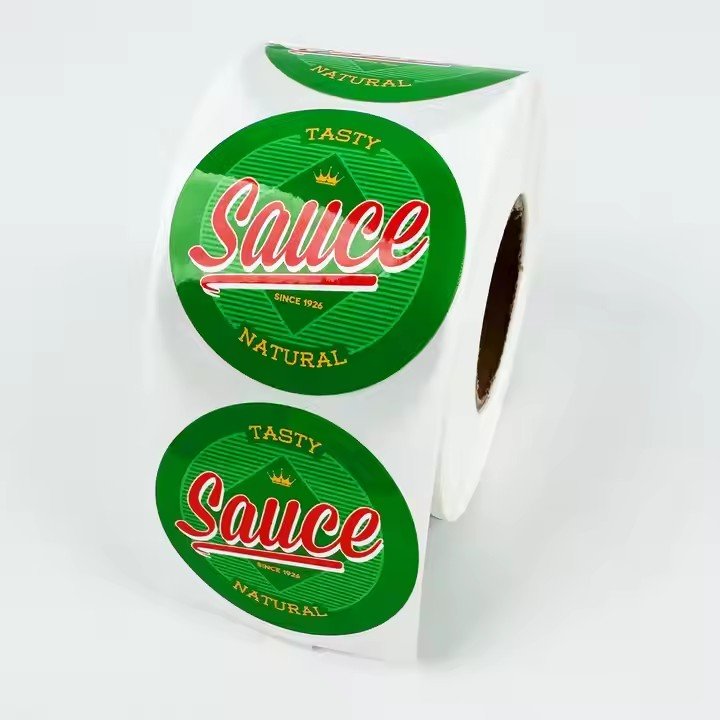As the key carrier of product information and visual presentation, shampoo labels naturally face constant moisture exposure — from the high humidity of bathroom environments and water splashes during use, to possible water infiltration during transportation. If the label material lacks sufficient waterproof properties, issues such as peeling, blurring, or fading can easily occur. These not only compromise the product’s appearance but may also prevent consumers from accessing essential information like ingredients or usage instructions.
Therefore, selecting a water-resistant shampoo label material requires a comprehensive evaluation based on three core indicators — waterproof performance, chemical resistance, and adhesion stability — while also considering the packaging form (plastic bottles, soft tubes, etc.), usage environment (high temperature and humidity), and storage conditions. The goal is to identify a material that balances functional reliability with practical adaptability.
From industry practice, truly “non-peeling when wet” shampoo labels must meet two fundamental conditions:
Waterproof and non-permeable substrate, and
Water-resistant adhesive layer.
If the substrate absorbs water and deforms, curling or wrinkling will occur; if the adhesive loses tack upon contact with moisture, peeling becomes inevitable. Based on this logic, the mainstream materials fall into three major categories — plastic film, synthetic paper, and specialty coated materials. Each offers different molecular structures and processing methods that result in distinct waterproof and application advantages. Importantly, the best results come from synergistic design between substrate and adhesive.

- Plastic Film Materials — The First Choice for Waterproof Shampoo Labels
Plastic films are the preferred option for shampoo labels due to their dense molecular structure, which effectively blocks moisture penetration, and their excellent chemical stability, which resists the surfactants, fragrances, and preservatives in shampoo formulations.
Among them, polypropylene (PP) film is the most representative. Made by extruding and stretching polypropylene resin, PP forms a compact waterproof barrier that resists swelling or deformation even after long-term water exposure. In application, PP film provides outstanding flexibility, allowing it to tightly conform to cylindrical or flat bottles, especially plastic shampoo bottles. Its surface energy matches well with common packaging materials such as PET or PE, and when paired with acrylic-based pressure-sensitive adhesives (PSA) — which retain over 95% adhesion after water exposure — it ensures strong and long-lasting bonding.
Additionally, PP films can undergo matte or glossy treatments to enhance visual texture and have excellent printability. When printed using UV-curable inks, the graphics and text achieve superior water resistance, preventing blurring or smudging even when soaked — fully meeting the functional and aesthetic requirements of shampoo labels.
- Polyester (PET) Film — Enhanced Durability and Weather Resistance
Compared with PP film, polyester (PET) film offers superior durability, heat resistance, and mechanical strength, making it ideal for environments requiring long-term performance. The ester bonds in its molecular structure provide higher chemical stability, enabling PET to resist not only moisture but also high bathroom temperatures (up to 40–50°C) without softening or deforming.
Its tensile and tear strength is more than 1.5 times greater than PP, maintaining label integrity during transportation even under friction or pressure. PET films typically use solvent-based PSAs, which form stronger adhesion with the substrate and can maintain tack for over six months in humid environments (per industry tests: 40°C, 90% humidity, 1 kg load without detachment). This makes PET especially suitable for large-capacity shampoo bottles, where the label must endure extended exposure to moisture over a long usage cycle.
- Synthetic Paper — A Balance of Waterproof Function and Paper-Like Aesthetic
Compared to plastic films, synthetic paper combines the benefits of plastic and paper, offering both water resistance and a natural paper-like texture. Unlike natural paper made from plant fibers, synthetic paper is produced from polypropylene or polyethylene resins through specialized processes. While it retains the look and feel of traditional paper, its fiber-free molecular structure prevents water absorption, giving it waterproof performance comparable to plastic films — it won’t wrinkle, dissolve, or deform even after full immersion, and dries flat afterward.

Synthetic paper also excels in printing compatibility, supporting flexographic, offset, and digital printing with high color accuracy and fine image detail, making it ideal for premium shampoo brands seeking minimalist, nature-inspired packaging.
Moreover, its lower density makes it lighter than most plastic films — an advantage for soft-tube packaging. Since soft tubes deform when squeezed, lightweight synthetic paper flexes with the tube’s shape, avoiding edge lifting caused by stress concentration. Combined with rubber-based PSAs (which offer better flexibility and surface conformity), synthetic paper labels remain firmly attached throughout use.


